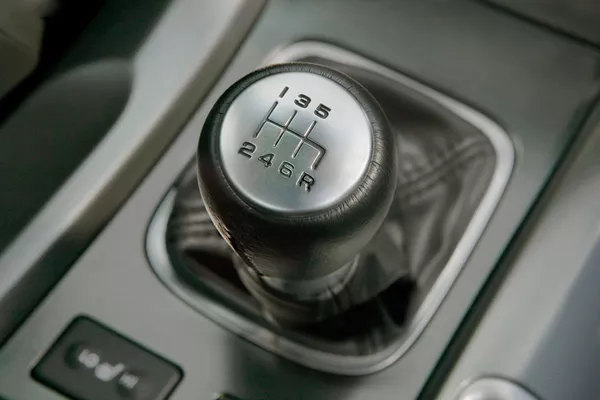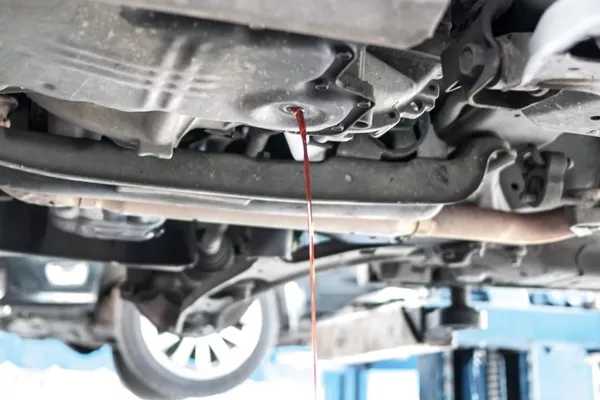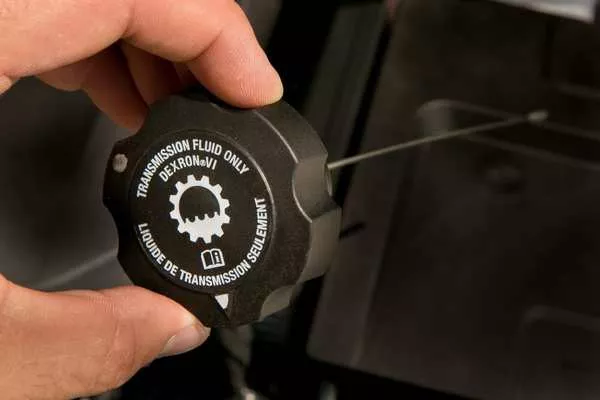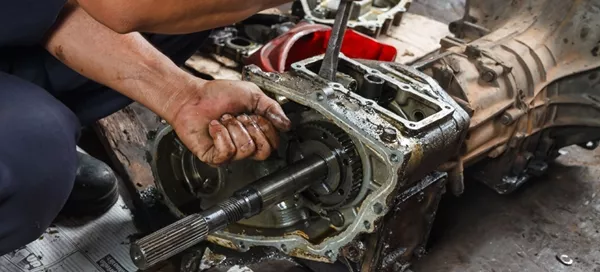Your vehicle is made up of multiple systems and assemblies that may be hard to understand unless you actually studied them. One of its complicated parts is the transmission, which can be hard to diagnose and repair should a problem arise.
Sometimes, even auto shops suggest that you just buy a new one and replace your old transmission rather than repair it.
But why not make that a last resort and save yourself a couple of bucks by diagnosing the problem yourself? Philkotse.com complies some tips below:
1. How to diagnose the problematic transmission
Listen for any grinding sound
This is fairly easy to do and it would actually be hard not to notice. If you feel that the grinding happens whenever you use the transmission, then that could mean that your clutch can no longer engage and disengage completely. This could also be caused by synchro gears in the transmission.
If you hear grinding sounds while your vehicle is in gear, that could mean that there’s a piece of metal that got caught in the transmission’s gears and that it would fail soon enough. If you suspect any of the above, you should do the steps below immediately:
- Pullover to the side of the road when you hear consistent grinding.
- Have your vehicle towed to the nearest repair shop to avoid further damage.

Pullover to the side of the road when you hear consistent grinding
>>> Read more: Some habits accidentally shorten the life expectancy of transmission.
Take notice of any vibrations
A lot of things could be causing vibrations in your car, it could be improper wheel alignment, a piece of rock or debris, or a failing transmission. If you feel vibrations, pull over safely to the side of the road and have a look at the tires and wheels.
If they’re fine, the problem would have most likely originated from the drivetrain. The drivetrain is the section of your vehicle that includes the transmission, transfer cases, drive shafts, and the engine. You will need to determine where the vibration is coming from.

You will need to determine where the vibration is coming from
Correlate the vibrations with your speed
While you’re driving, assess if the vibrations get stronger as you speed up. Then, try to get your vehicle out of gear and into neutral, then press on the gas again. Take note when the vibration gets louder or softer and compare them with their possible causes below:
- If you only feel the vibration at particular speeds, then that could be a wheel alignment problem.
- If the vibration stays or goes away whenever your vehicle is in neutral, it could be an issue with the tires or wheels.
- If you feel that the vibration gets stronger with higher engine speeds, the problem can be traced back to either the engine or the transmission.

While you’re driving, assess if the vibrations get stronger as you speed up
>>> Also check: Basic steps to drive an automatic transmission car properly.
Take notice of your shift
If you drive a manual, you may need to pay attention when you shift it from one gear to another. If your stick feels difficult or harder than usual to shift, then the transmission may be having a hard time to shift your gears.

If you drive a manual, you may need to pay attention when you shift it from one gear to another
2. Why could this happen?
Hard gear control could mean your transmission fluid is running low. You may need to pull over to the side of the road and check. Refill as soon as you can, especially if you’ve been driving with low transmission fluid all this time.
If you’ve finally parked at home or at a comfortable spot where you can tinker with your car without too much trouble, you can go ahead and proceed with the diagnostic tests below. These are fairly easy to do and you won’t require the help of any experts unless advised.
Look for signs of transmission fluid leaks
One of the common causes of problems concerning the transmission is a leak in the system. This often causes low fluid levels that compromise the performance of your vehicle. Take a peek every now and then after you’ve parked your vehicle and look for signs of dripping transmission fluid.
If you find a wet spot from the under chassis of your ride, touch it with your finger and examine the fluid in broad daylight. Once you can describe the fluid clearly, compare your observations with the descriptions of the different fluid types below:
- Transmission fluid is usually red in color. It could also be dark red if it's been in your tank for a while.
- Coolant is usually a vivid orange or green color.
- Engine oil is black when it gets old but it’s brownish when it’s new.

One of the common causes of problems concerning the transmission is a leak in the system
>>> Worth reading: Continuously Variable Transmission (CVT) vs. Dual Clutch Transmission (DCT): Which is better?
Check if the transmission fluid is at a satisfactory level
To do this you would need to look for the fluid’s container first. If the vehicle is fresh from use, let it cool down first before lifting the hood up. Once the engine is okay to touch, look for the transmission fluid and twist its cap open. This should reveal a dipstick which resembles the one in your oil tank.
Now take out the dipstick in your transmission fluid tank and wipe the fluid off it with a rag, then dip it in the container again to see the fluid level. If the transmission fluid is too low, you can refill it with the same type of transmission fluid that was already inside the tank.

You need to look for the fluid’s container first
Inspect the transmission fluid
As you take the dipstick out of the transmission fluid’s container, take a paper towel or a clean rag and use that to take a bit of transmission fluid for inspection. Inspect the fluid and take note of its color. Fresh transmission fluid of the bottle has a clean, red color.
However, that doesn’t stay for long and it also becomes darker the longer it stays in the vehicle. The dark color does not instantly mean that there is something wrong in the transmission assembly – unless it smells burnt and is pitch black in color.
>>> You might want to read: Traffic in the Philippines & your automatic transmission.

The dark color does not instantly mean that there is something wrong in the transmission assembly
On the other hand, pink transmission fluid could also be a warning sign. If this is what you see in your fluid tank, water may have entered the tank and has diluted your transmission fluid, hence its color.
Lastly, always remember that the black transmission fluid means that the transmission is operating over its safe temperature range, causing the transmission fluid to get burned.
Moreover, the pink-colored transmission fluid indicates the presence of water in the tank. This calls for a mechanic’s help to drain and replace the contents with pure transmission fluid.
Recent posts
- Top 9 biggest mistakes when driving a manual transmission car Mar 13, 2019
- The ins & outs of car transmission and drivetrain Jan 31, 2019
- Learn about the 4 most popular types of transmission these days Aug 02, 2018
- Ending the controversial debate: Automatic or Manual Transmission? Aug 28, 2019
- Top 6 manual transmission equipped cars you would love to drive Nov 08, 2022











